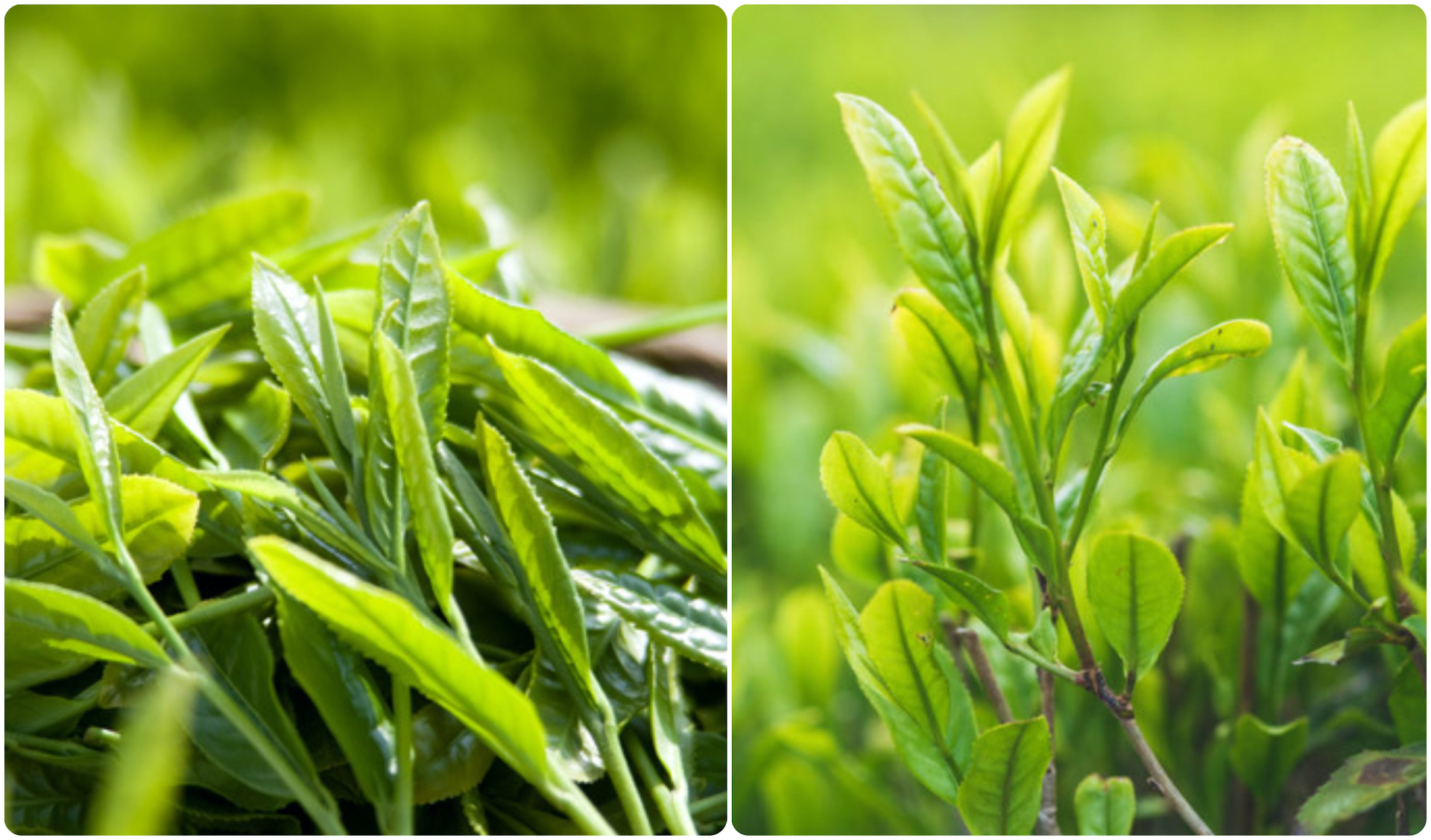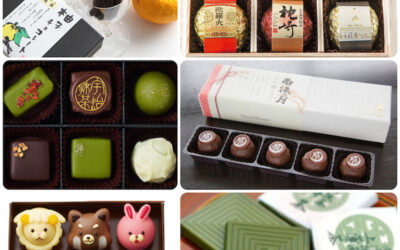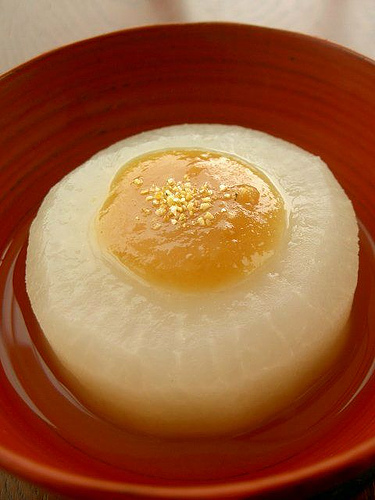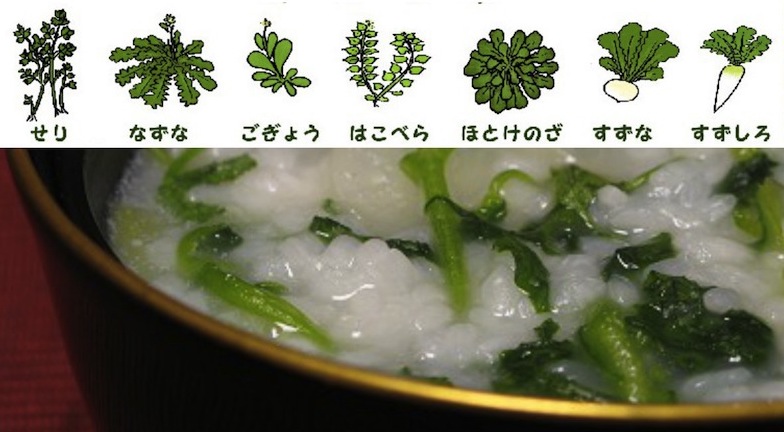
Kitchen Culture Cooking Club
EXPLORE and PRACTICE Japanese cooking in your own kitchenAbout Kitchen Culture Cooking Club
Welcome to the Kitchen Culture Cooking Club, a community space providing encouragement to those who want to EXPLORE and PRACTICE Japan’s washoku wisdom in their own kitchens.
To facilitate this, themed projects will be posted to this page periodically. Project Assignments and links to relevant reference material stored on this site will be posted to this page. Anyone, anywhere in the world, with a sincere interest in Japanese food culture is welcome to browse the contents of this page and then replicate the themed project in their own kitchen.
For those who wish to display-and-discuss their projects with like-minded people, I invite you to join the KITCHEN CULTURE Cooking Club Facebook Group (formerly the TSUDOI Project), an interactive community space.
PROJECT New Tea

PROJECT New Tea
This PROJECT is about brewing and enjoying new tea, called shincha 新茶 in Japanese. Shincha teas are available online and in specialty shops around the world.
Most of the commercial green tea crop in Japan is grown in Shizuoka, southwest of Tokyo, though Uji (near Kyoto) and Ureshino (on the island of Kyushu) are also famous for their tea plantations.
Have you ever wondered why teas come in such a range of colors and flavors? All teas are actually processed from the same plant, Camellia sinensis, that is related to the camellia flower. A naturally occurring enzyme in the tea leaf normally leads to fermentation and the characteristic color and flavor of what is usually called black tea (though the name in Japanese, kōcha 紅茶 means “red” tea).
What makes green tea, green? The leaves are not allowed to ferment. The enzyme is de-activated by applying heat. In Japan, this is usually accomplished through steaming; in China and other parts of Asia, pan-roasting is the common method.

Brewing FLAVORFUL green tea
Attentiveness to water temperature is key to making the most of the flavor and aroma potential locked within shin cha leaves and stems.
The ideal temperature for extracting umami seibun (flavor-enhancing glutamatic acid) is about 70 degrees Celsius (158 Fahrenheit). Higher temperatures (above 80 degrees C/176 F) will activate tannic acid that releases bitterness and astringency.
The simplest way to brew flavorful tea without special equipment is to first bring water to a boil (100C or 212F). Pour the boiling water directly into the cups from which the tea will be drunk; typically in Japan small cups (holding about 100-120ml/about 4 fluid ounces) are favored. Allow the water to stand in the cups, uncovered, for 1 minute. This will warm the cups, cool the water and measure the amount of water needed to fill those cups with tea. Guidance on the ratio of tea to water and other details of brewing can be downloaded here: GREEN TEA brewing details.
Visit the Kitchen Culture blog post to learn about Japanese TEAPOTS for brewing and serving green tea.
Download a copy of my May 2023 newsletter about Japanese GREEN TEA and making cold-brew for hot weather.
Recipes and Resources
Stock (Dashi)
Dashi stock is essential to making soups and simmered or stewed dishes. Dashi is also used when making many egg dishes and all sorts of sauces, dips and dressings. Using good dashi will make a noticeable difference in the outcome of so many dishes you prepare.
Click to download recipes for (vegan) Kelp Alone Stock or Standard Sea Stock + Smoky Sea Stock
How to Cook Rice
In Japanese, the word for cooked rice, ご飯 GOHAN, is the same as the word for a meal, ご飯 GOHAN. Indeed rice is central to the meal. Download the Rice with Mixed Grains recipe.
How to Prepare Sushi Rice
Sushi dishes are made with rice that has been seasoned (with sweetened vinegar) AFTER being cooked. Download the Classic Sushi Rice recipe.
Quick Pickles
The Japanese enjoy a wide variety of tsukémono pickles, many can be assembled quickly and are ready to eat within a short time.
Download a recipe for Quick-Fix Hakusai Cabbage.
Japan’s Version of Valentine’s Day
A sampling of Japan's chocolates (clockwide from top right) chocolate covered yuzu peel, bonbons filled with various shochū spirits, bonbons filled with saké, matcha infused chocolate planks, white chocolate animal characters, a variety of elegant truffles.The...
SETSUBUN
FUKU wa UCHI ONI wa SOTO Bring in Good Fortune! Throw out the ogres!節分 Setsubun, a marker on the ancient, lunar-based koyomi calendar indicates the start of a new season; setsubun breaks occur many times during the year. Today in Japan the...
Furofuki Daikon Piping Hot Radish with Miso Sauce
Furofuki Daikon topped with Yuzu-Scented Miso ふろふき大根 Furofuki Daikon Piping Hot Radish with Miso Sauce Furofuki, literally “blowing steam,” is the name given to vegetables – most often daikon radish – that has been tender-prepped and then simmered in dashi broth....
Rice Porridge with Seven Spring Herbs
From left to right, the seven spring herbs are: SERI, NAZUNA, GOGYŌ, HAKOBERA, HOTOKÉNOZA, SUZUNA, SUZUSHIRO 七草粥 Nana Kusa Kayu Rice Porridge with Seven Spring Herbs More than a thousand years ago, the Japanese spoke of watari-dori ("migrating birds") coming from the...




